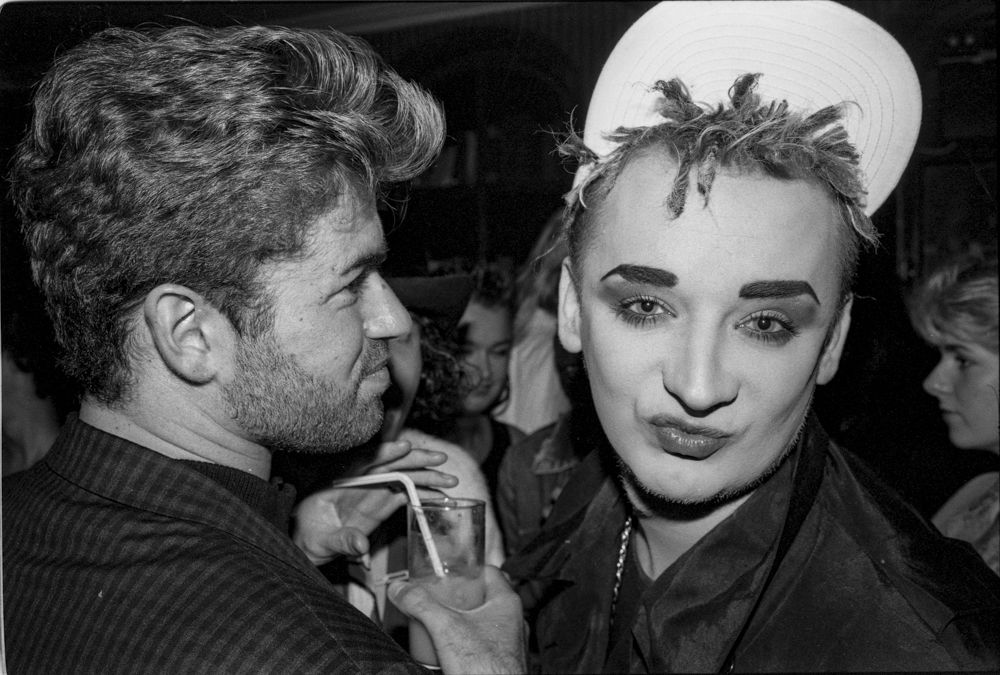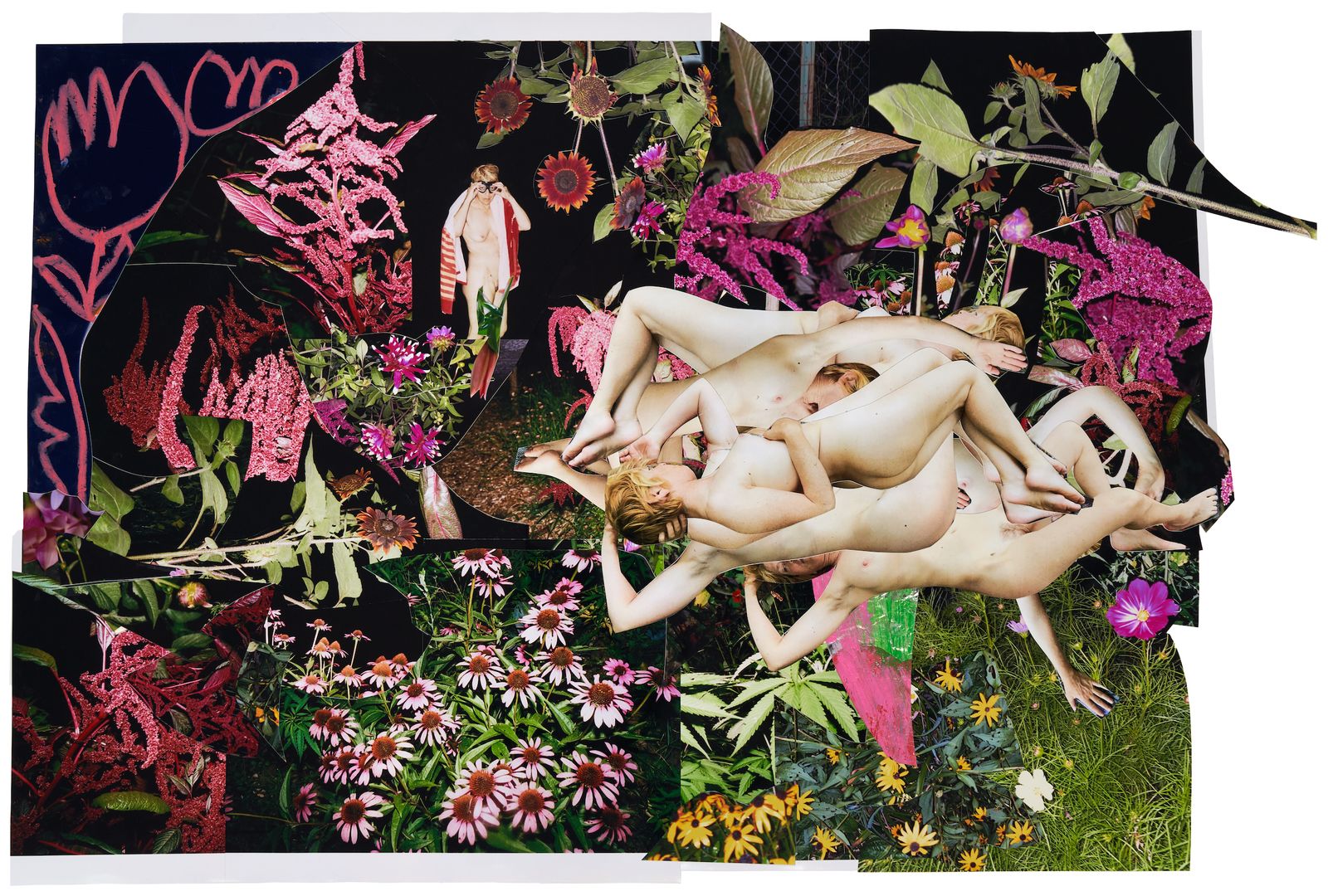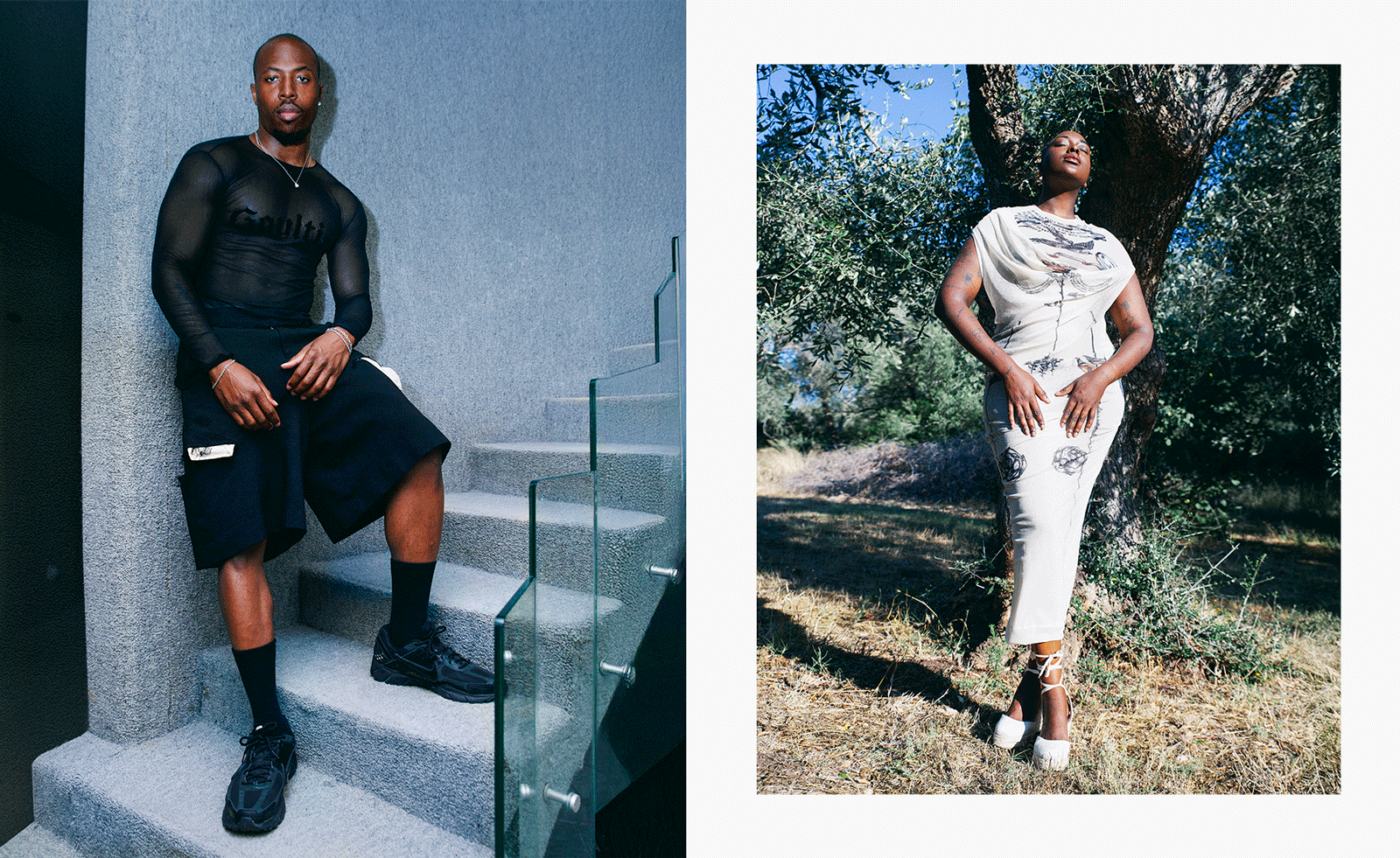| | Ellie Stathaki, Architecture & Environment Director
Welcome back to Weekendpaper*, the Saturday newsletter from the Wallpaper* editors. Life in London, where Wallpaper* HQ is, typically means mild summers and pleasingly refreshing evenings, even when the day gets a little too hot for comfort. Still, you will rarely hear me complaining about high temperatures; it’s the perfect excuse to exchange the office for one of the capital’s many green expanses.
|
 |
 |
 |
Not that this was the main reason I took the trip to Kew Gardens this week – although heat had a role to play. As Richard Wilford, Head of Garden Design at Kew, reminds us, ‘by 2050, the climate of London would be equivalent to that traditionally found in Barcelona.’ So, aiming to entice and inform its visitors about carbon capture in nature and how it can be leveraged to help sustain life on Earth, the institution has unveiled its new Carbon Garden, complete with a pavilion by Mizzi Studio. There’s lots to learn and experience on the topic during a visit, and for more reading matter, scroll down, as we are continuing our exploration of the creative universe of the USA with two more deep dives from our US issue and a new trend in luxury hotels.
Pick up a copy for more |
Welcome to How House, a revived Rudolph Schindler gem in Los Angeles |
 |
Spencer Velasquez grew up in a modern house in Los Angeles, and an early interest in architecture was nurtured by his movie producer father, who would drive his son around the city in search of interesting buildings. In 2016, he was introduced to How House, designed a century ago by Austrian-American modernist architect Rudolph Schindler on a steep ridge in Silver Lake. It was up for sale. ‘I was intimidated by the prospect of becoming its custodian, but realised it was an opportunity that would never come up again,’ he recalls. This was one of Schindler’s earliest commissions, but he came well prepared. He was raised and educated in the Vienna of composers Gustav Mahler and Arnold Schoenberg, architects Adolf Loos and Otto Wagner, psychoanalyst Sigmund Freud, and a score of other radical creatives who were re-energising the stuffy imperial capital. Schindler migrated to America in 1914 and worked with his hero Frank Lloyd Wright, who sent him from Chicago to LA to supervise the construction of Hollyhock House, after which he launched his own practice. The house-studio he built for himself on Kings Road in West Hollywood was his manifesto: a live-work space with tilt-up concrete slab walls, a redwood roof deck and sliding doors to open-air living rooms. It remains the most radical house in a city that has long been a cradle of innovation. Michael Webb takes a tour of an architectural gem, reborn.
|
 |
Do luxury hotels need a farmer in residence? |
Throughout history, holidays have been closely tied to agriculture, offering respite after the harvest or marking seasonal transitions. With the Industrial Revolution came a shift: leisure time emerged as a necessary pause from the grind of factory labour, a moment for rest and recovery. Today, however, a new kind of holiday is taking root. Rather than escaping to distance themselves from rural life, travellers are being drawn back to it. Screen-weary professionals seek reconnection with nature, while a generation of eco-conscious guests is increasingly curious about the origins of their food. In response, a wave of luxury hotels is weaving agriculture into the heart of the guest experience, offering immersive farm stays that nourish both body and mind. Sarah Wood Gonzálezmeets those pioneering farm-to-table stays. |
Can creativity survive in the United States?
|
The current US administration has ushered in a new era in the creative-cultural compact, with elected officials dismantling tenets that have underpinned societal norms for decades – directly impacting those whose work enshrines how we see and judge ourselves and each other. As relationships, roles and rights erode, so the cultural sector suffers its manifold consequences. It would be remiss of us to dedicate an issue to the American creative spirit and pretend that it was business as usual. Here, we call upon three powerful voices in design, architecture and fashion to describe the outlook from where they stand, in their own words and opinions. Our trifecta comprises: Murray Moss, the passionate design maven and founder of Moss gallery and Moss bureau: Florencia Rodriguez, architect, writer and artistic director of this year's Chicago Architecture Biennial; and Willy Chavarria, the fashion designer with an activist heart. |
|
| |
.gif)
.gif)






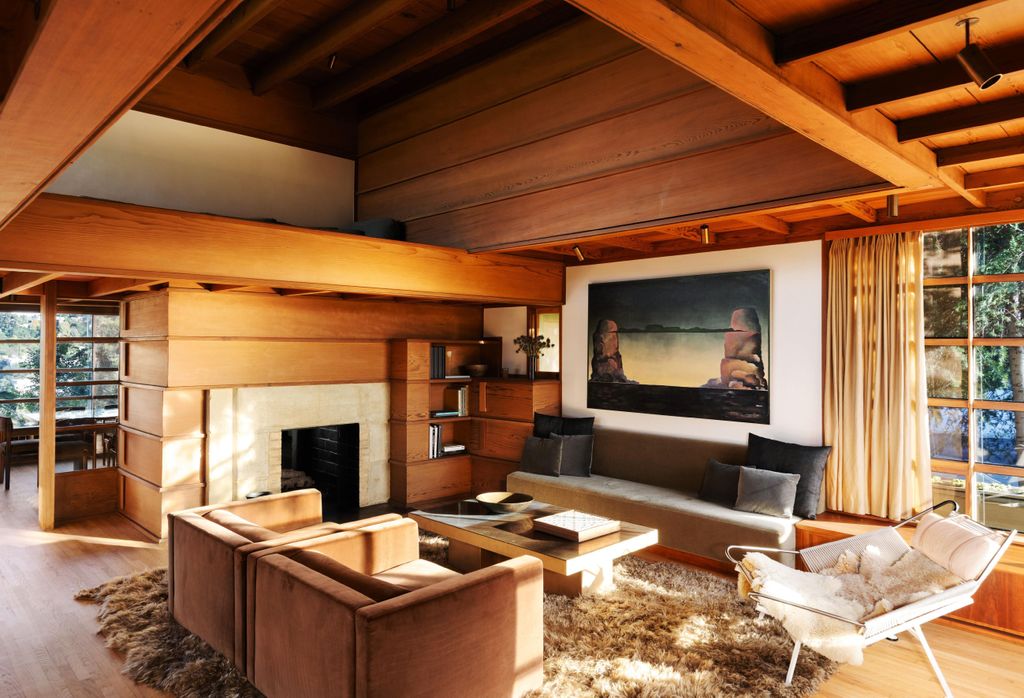
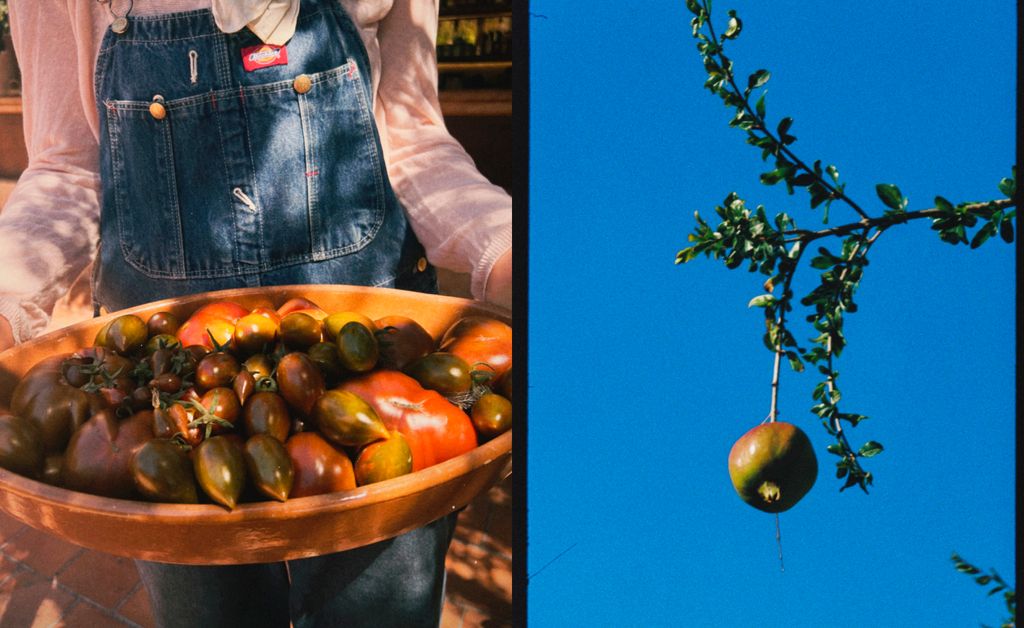
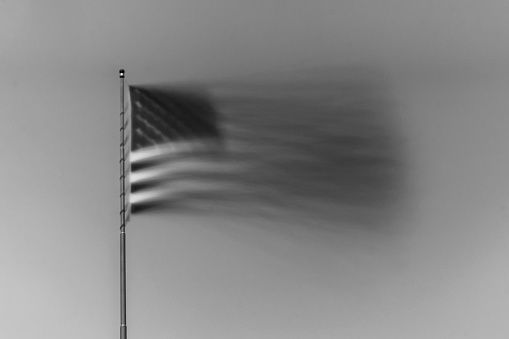




.png)



